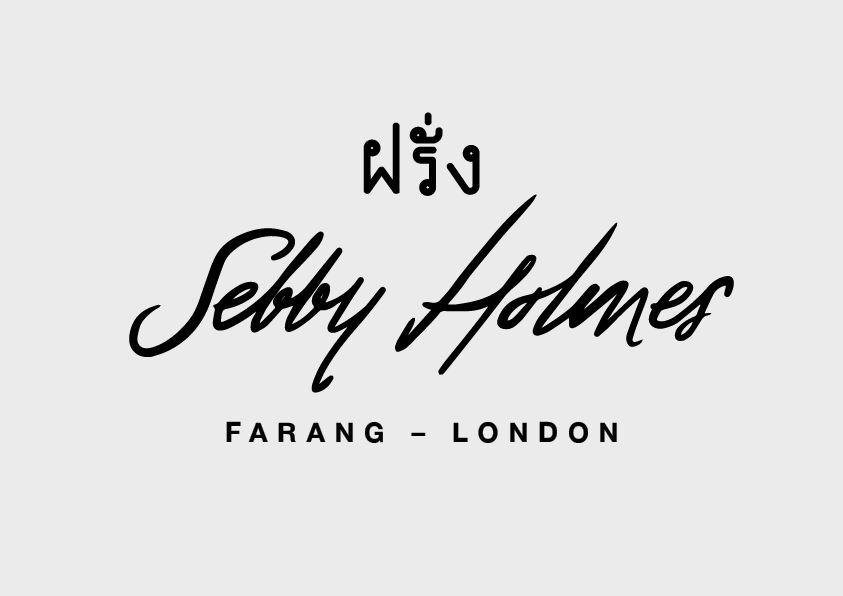The Rise of Regional Thai Cuisine: Beyond Bangkok's Shadow

For years, Thai food in the UK has been dominated by the same familiar dishes – Pad Thai, Green Curry, Tom Yum – all wonderful in their own right, but representing just a fraction of Thailand's incredible culinary landscape. As someone who's spent the last nine years running Farang London, I've watched diners evolve from seeking comfort in the familiar to craving authentic stories and regional diversity. It's been one of the most exciting shifts I've witnessed in our industry.
When I first opened Farang, I'll admit I played it relatively safe. We had our green curries and stir-fries because that's what people expected from a Thai restaurant. But as our confidence grew and our diners became more adventurous, I started introducing dishes from Thailand's distinct regions – and the response has been extraordinary. What I've discovered is that people don't just want to eat Thai food; they want to understand it, to connect with the stories behind each dish.
Thailand's regional cuisines are as diverse as the country's geography. In the north, around Chiang Mai, the food reflects centuries of influence from Myanmar and China. The famous Khao Soi – that rich, coconut curry noodle soup topped with crispy noodles – couldn't be more different from the fiery som tam salads of Isaan in the northeast. Meanwhile, the south brings us intensely spiced curries with fresh turmeric and an abundance of seafood that would make any coastal chef weep with joy.
At Farang, one of our most popular dishes has become our interpretation of a northern Thai jungle curry. Unlike the coconut-rich curries most people know, jungle curry is a broth-based dish, intensely aromatic and traditionally made with whatever vegetables and herbs are foraged from the forest. When I first put it on our menu, I wasn't sure how it would land – it's quite different from what people expect. But it's become one of our signatures, and I think that's because it tells a story. When our team explains the dish to diners, they're not just describing ingredients; they're sharing a piece of Thai culture.
The northeast region, Isaan, has particularly captured my imagination lately. The food there is bold, funky, and unapologetically intense. Think fermented fish sauce, aged for months until it develops this incredible umami depth. Larb, the famous meat salad, isn't just about the protein – it's about the balance of herbs, the toasted rice powder that adds texture, and that distinctive tang from lime juice and fish sauce. We've been experimenting with an Isaan-inspired dish using British lamb, and the way those traditional flavours work with our local ingredients never ceases to amaze me.
What's fascinating about regional Thai cooking is how it challenges our preconceptions. Southern Thai food, for instance, is nothing like the mild, sweet curries many people associate with Thai cuisine. It's aggressive, almost confrontational in its use of spice. The famous Gaeng Som – a sour curry that's more like a soup – uses tamarind and fresh turmeric to create something that's simultaneously comforting and challenging. When we introduced our version using British mackerel, some diners were initially taken aback by its intensity, but those who embraced it became some of our most passionate advocates.
The beauty of exploring regional Thai cuisine is that it opens up entirely new flavour profiles and techniques. Northern Thai cooking, for example, makes extensive use of fermented soybean paste and dried chillies, creating depth without the coconut milk that dominates central Thai dishes. In the south, fresh turmeric root is used with abandon, staining everything golden and adding an earthy, almost medicinal quality that's incredibly distinctive.
I've found that British diners are increasingly hungry for these authentic experiences. They want to understand why a dish from Chiang Mai tastes completely different from one from Hat Yai. They're asking questions about ingredients, about techniques, about the stories behind the food. This curiosity has pushed me to dig deeper into my own understanding of Thai cuisine, to move beyond the dishes I learned in Bangkok and explore the incredible diversity that exists across the country.
One of the most rewarding aspects of this journey has been working with British ingredients through a regional Thai lens. Take our approach to vegetables – instead of importing everything, we've learned to apply Isaan techniques to British greens, or use northern Thai spice pastes with locally sourced meat. It's not fusion in the traditional sense; it's about understanding the principles behind regional Thai cooking and applying them thoughtfully to what's available here.
The shift towards regional Thai cuisine reflects a broader change in how we eat. Diners today want authenticity, but they also want education. They want to feel connected to the food they're eating, to understand its cultural context. When someone orders our jungle curry and learns about foraging traditions in northern Thailand, they're not just having dinner – they're having an experience.
As Thai restaurants across the UK begin to embrace this regional diversity, I believe we're entering a golden age of Thai dining. We're moving beyond the limited menu of the past towards something richer, more complex, and infinitely more interesting. The challenge now is to maintain authenticity while making these regional specialities accessible to British palates – not by dumbing them down, but by helping diners understand and appreciate their unique characteristics.
The rise of regional Thai cuisine isn't just a trend; it's a homecoming. It's about celebrating the full spectrum of one of the world's great culinary traditions, and I couldn't be more excited to be part of that journey.
Head chef & founder of Farang London restaurant. Cookbook author of ‘Cook Thai’ & ‘Thai in 7’. Chief curry paste basher and co-founder of Payst London.
